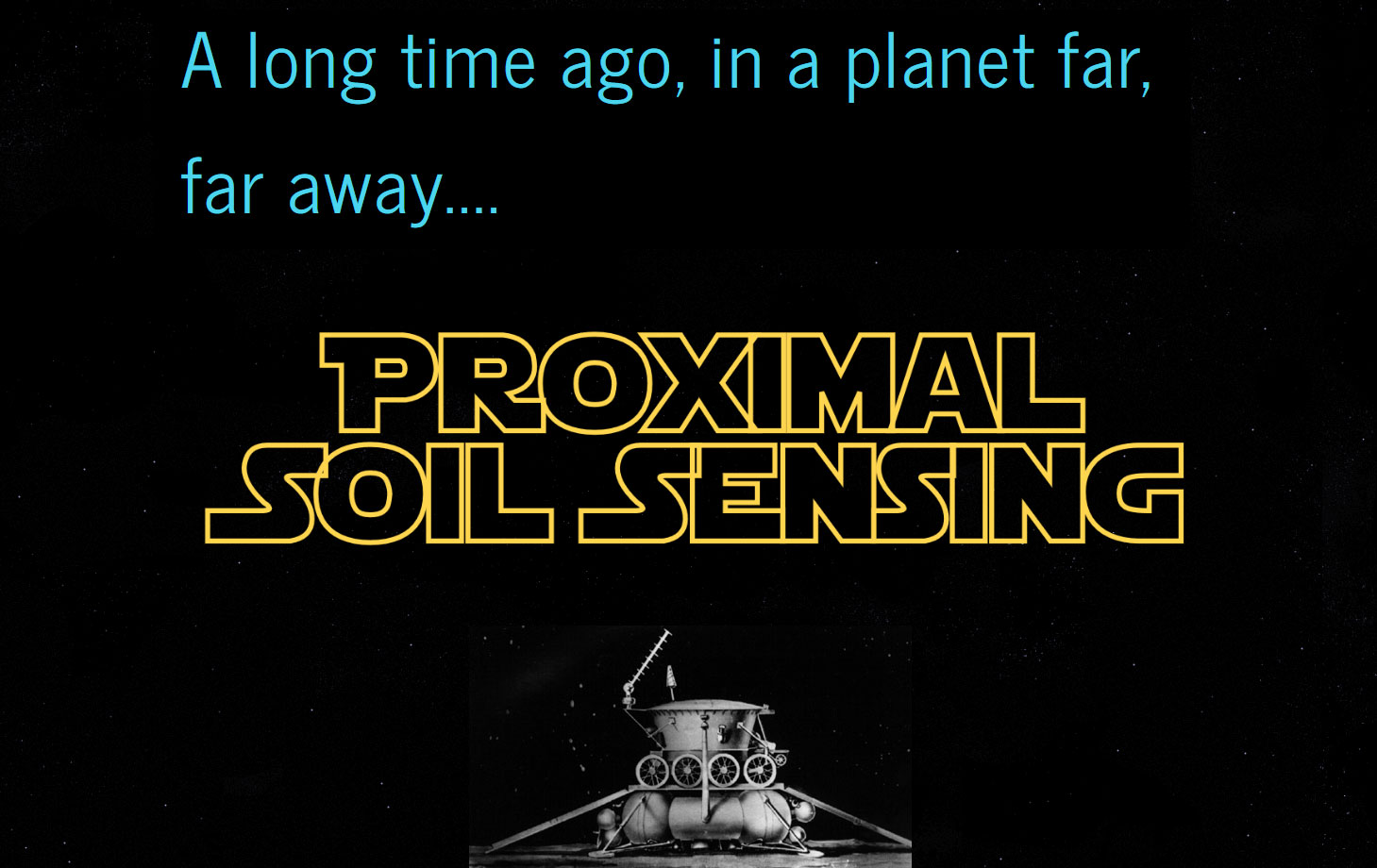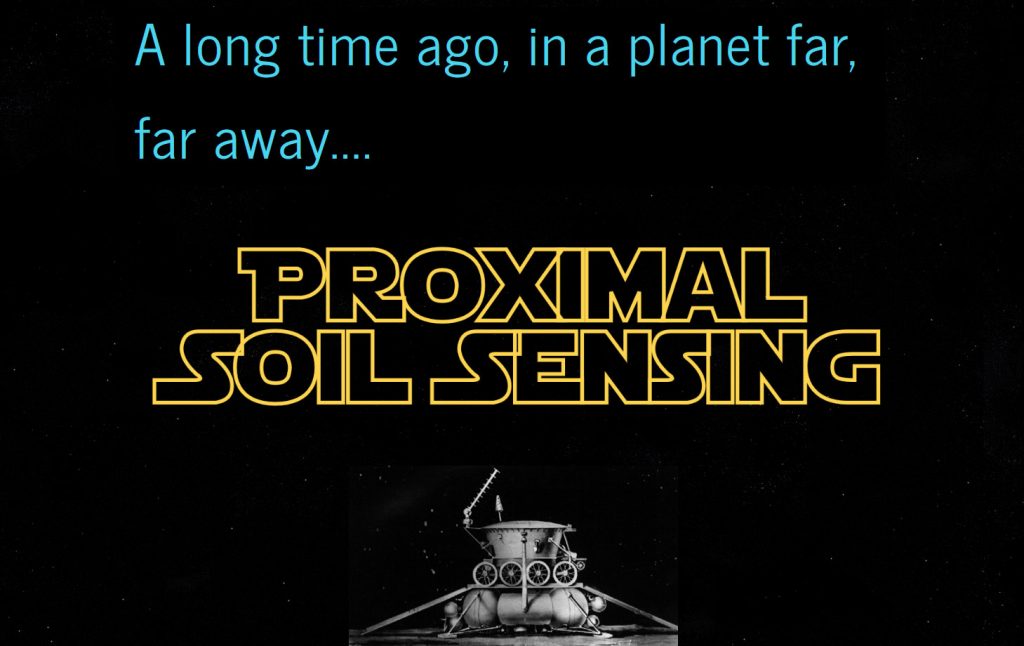Lunokhod 1 (Луноход, moon walker in Russian) was the first astro-remote-controlled rovers landed on the Moon by the USSR. It was carried to the moon by the Luna 17 spacecraft, landed on November 17, 1970 in the northwestern part of Mare Imbrium, and operated until September 29, 1971.
Lunokhod 1 is an eight-wheel rover with a mass of 756 kg, and has four panoramic cameras. A report by the RAND Corporation authored by Simon Kassel in 1971 described the capabilities and sensors of Lunokhod 1, obtained from the USSR literature. The report stated its sensory equipment comprised narrow-band television systems, mechanical probes, a chemical analysis system, X-ray and cosmic ray detectors, and assorted temperature and pressure gauges. Specifically, on page 9, the report stated the Lunokhod 1 conducted chemical analysis of the lunar soil using an X-Ray Fluorescent instrument referred as RIFMA (Roentgen Isotopic Fluorescence Method of Analysis):
“The RIFMA spectrometer consists of an isotopic source which irradiates the investigated sector of the path and thus induces X-ray emission from atoms of various elements constituting the lunar soil. The X-ray receiver is a system of specially developed proportional counters with characteristic filters. The information on the energy spectrum and intensity of X-rays is recorded by a 64-channel amplitude analyzer.” This is essentially a mobile XRF.
In addition, Lunokhod 1 also performed mechanical analysis of the lunar soil with PrOP (Prinoro Ochenki Prokhodimosti – Cross-Country Capability Evaluation Instrument):
“Of all the scientific experiments, the greatest amount of information was obtained from measuring the bearing strength of lunar soil and the mechanics of interaction between the soil and the vehicle’s wheels. The soil-testing program employs two types of devices. One is a penetrometer which measures the strength of soil and operates only when the vehicle is at rest.”
The PrOP penetrometer has a cone of 60 degree and 5 cm base. The other device measures the traction and operates only when the vehicle is in motion by means of a ninth wheel, which rolls without slipping. The penetrometer is a conical paddle driven into the soil and rotated. A set of sensors continuously measures the force required to rotate the paddle, its rotation angle, and depth of penetration. This operation is performed regularly every 15 to 30 m of the path. The mechanical proper-ties of the soil are also studied from the image of the wheel tracks transmitted by television. The bearing capacity of the soil varied from 0.2 to 1.1 kg/cm2 (on moon it is 3—18 kPa while on earth it is equivalent to 20—108 kPa). Its shear strength is 0.02 to 0.09 kg/cm2 (or 320-1500 Pa).
A digital terrain model was produced based on the analysis of image stereopairs.
Within 11 months, Lunokhod 1 travelled 10.5 km and performed 25 lunar geochemical soil analyses and measured penetration resistance 500 different locations.
The average elemental concentration of lunar soil from Lunokhod 1 analysis is: Si: 20%, Fe: 12%, Ca: 8%, Al: 7%, K: 1%.
We are still not sure why this rover technology is not yet widely-available for earth.
Article by Alex McBratney & Budi Minansy


Leave a Reply